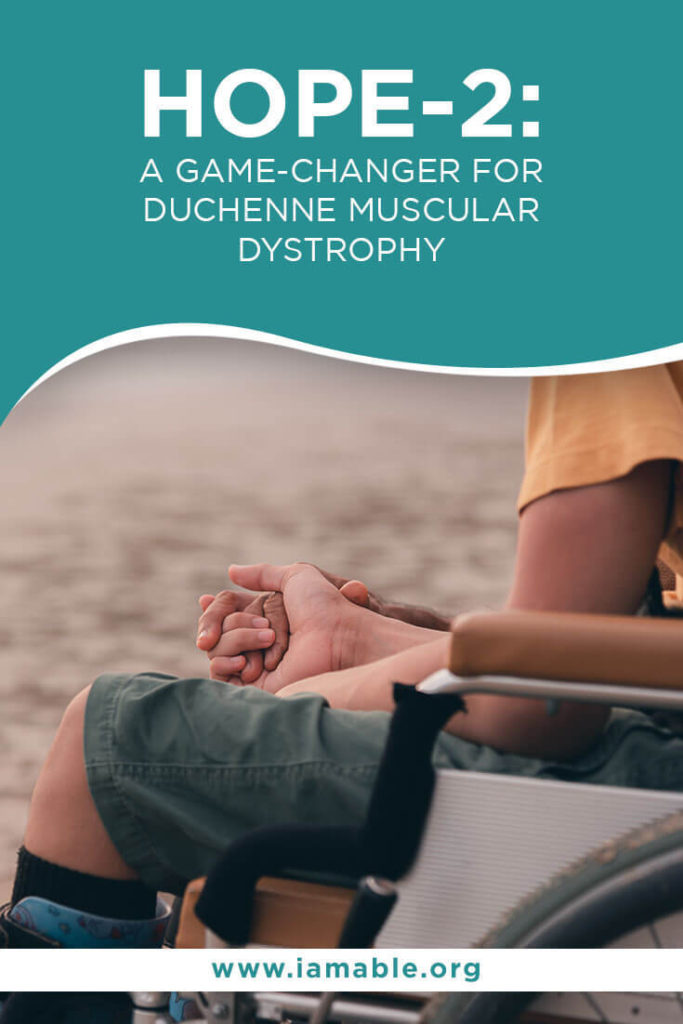Miami, FL 33186

Duchenne muscular dystrophy (DMD) is a rare health problem that tends to run in families and develops early in life. It causes significant disability due to muscle loss and weakening. As per the latest reports, only about 250,000 Americans have DMD. Sadly, a considerable fraction of these individuals are actively looking for ways to combat the effects of DMD with treatment and rehabilitation options like activity-based therapy in Miami – and most recently, cell therapy.
A study published in the Lancet shares news on game-changing intravenous (IV) cell therapy for DMD rehabilitation. The researchers named it the HOPE-2 experiment. True to its name, the HOPE-2 trial aims to help patients thrive despite their debilitating symptoms.
Duchenne muscular dystrophy (DMD) is a genetic disorder that causes progressive muscle weakness and loss. Studies reveal that it primarily stems from an X chromosome mutation. As a result, DMD often afflicts younger males with mothers who carry the gene mutation.
Studies estimate that 1 in 3,500 male infants born in North America will develop DMD before 18. However, this number can vary based on ethnicity and differences in genetic mutations. Notably, these factors can increase or decrease the risks of developing DMD.
Capricor, a California-based biotech company, recently completed phase II of their clinical studies on their new IV cell treatment drug. The lead researchers of the HOPE-2 experiment examined the effectiveness and safety of the CAP-1002 cell therapy for patients diagnosed with DMD. Here are quick facts to help you understand what the new cell treatment could mean for DMD rehabilitation:
The result of the HOPE-2 experiment is a huge game-changer for DMD patients and their loved ones. That’s mostly because of the promising potential of CAP-1002 and the fact that patients only need to receive four dosages of cell therapy treatments.
For now, we can only wait until the drug completes the last stage of the therapeutical trials (HOPE-3). Hopefully, patients like you can begin tapping into the new cell therapy treatment while undergoing other medical interventions for DMD, including taking medications and undergoing physical and activity-based therapy in Miami. Let’s help you get acquainted with your options.
Some patients living with DMD take corticosteroids like Prednisone or Medrol (methylprednisolone). These drugs suppress inflammation and improve muscle function.
Other people diagnosed with the condition take additional medications based on their co-existing symptoms or illnesses.
Doctors might prescribe heart medication if a patient has cardiovascular concerns, especially after performing strenuous activities. A few examples of these heart medications include ACE inhibitors and beta-blockers.
Gene therapy involves injecting healthy genes into muscles to replace damaged ones causing symptoms of DMD. The goal is to boost the action of specific genes responsible for producing muscle proteins, which will allow muscles to grow and repair themselves.
Although gene therapy has shown massive success in other diseases, it remains experimental for DMD patients as it requires multiple injections before patients see results. There have been some promising results from this treatment, but it’s still unclear whether the benefits are long-lasting or if they can apply to all DMD cases.
Close to cell therapy is stem cell transplants. Some doctors and therapists recommend this technique
One of the more extreme routes in managing Duchenne Muscular Dystrophy is surgery. Doctors recommend it based on the severity of the symptoms and prognosis of a patient. Hence, we suggest speaking with your primary healthcare professional to determine if this is a good fit for you,
Undergoing physical therapy for Duchenne muscular dystrophy doesn’t just help strengthen and revitalize the body. Instead, it also comes in handy in improving your core muscles and developing endurance. Additionally, seeking activity-based therapy in Miami can help retrain the brain
gives great attention to these factors to ensure mindful assistance, as well as the overall improvement and safety of their patients with DMD.
A good rule of thumb to note for people with Duchenne muscular dystrophy is that if it hurts or feels like something’s wrong when doing an activity (e.g., walking or sitting), don’t do it! However, there are things that one should avoid altogether (such as high-impact activities) while also paying attention to how often you’re doing any given thing.
Important Facts About Muscular Dystrophy
For trusted and through activity-based therapy in Miami, reach out to iAM ABLE. Our team at iAM ABLE is passionate about helping individuals with disabilities, especially Duchenne Muscular Dystrophy (DMD), and their families achieve a better quality of life. Whether it is for you or a loved one, receive the all-out care from iAM ABLE. For more information on us, kindly visit our website: iAMABLE.org.
In it, you will learn more about our service offerings, the conditions we help address and manage, as well as a chance to get your own copy of our e-book on conquering paralysis – Seven Steps to Thrive after Paralysis – for FREE!
Grab our free e-book 7 Unbelievably Important Steps to Take to THRIVE after Paralysis by clicking the image below.
